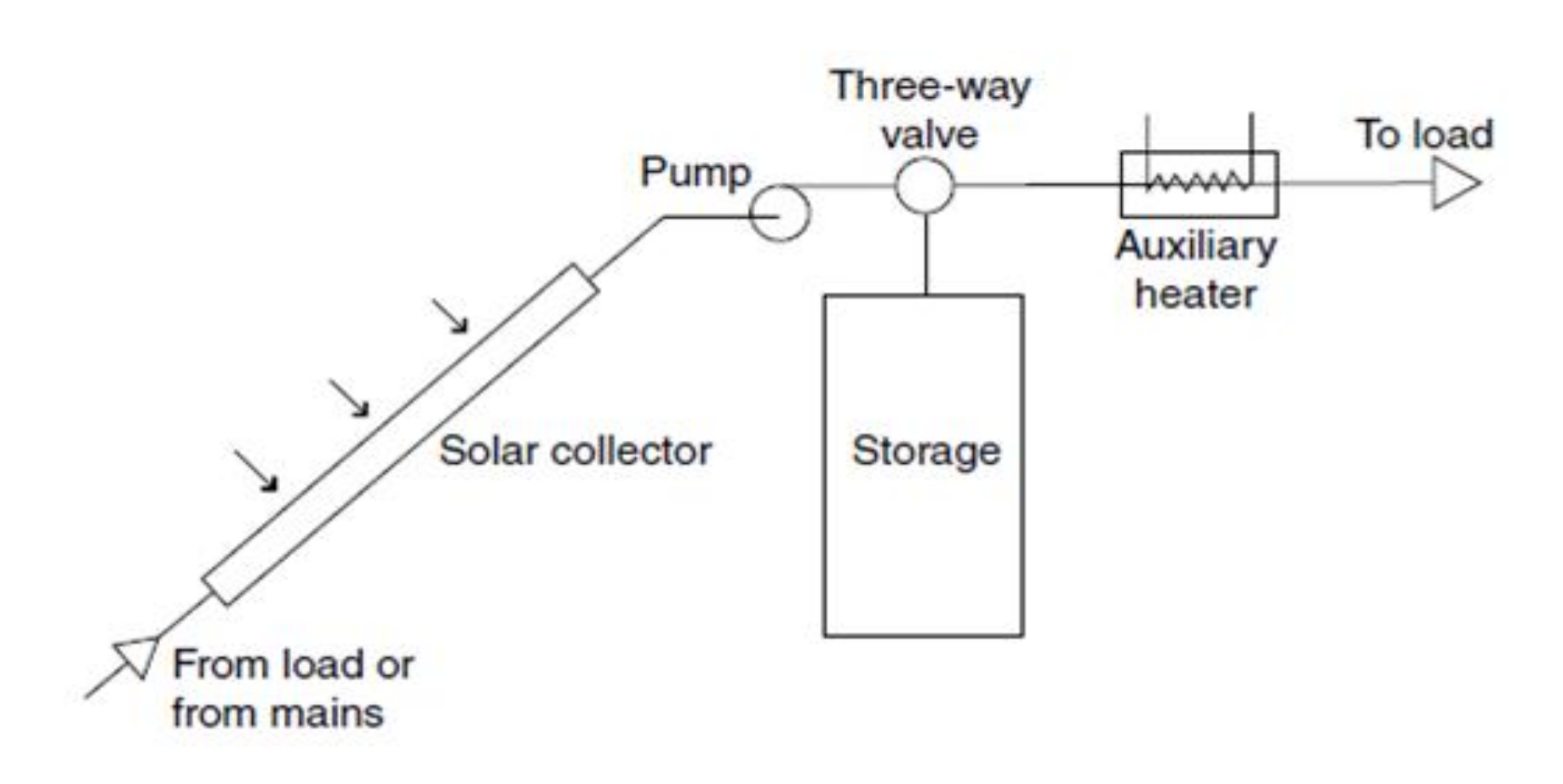
As the world moves towards a more sustainable future, the quest for energy-efficient technologies has become increasingly important. Heating elements, which play a significant role in various heating applications, are no exception to this trend. In this article, we will explore some of the recent advancements in heating element technology that focus on improving efficiency and promoting sustainability.
- Energy-Efficient Materials:
One of the critical areas of advancement in heating element technology is the development of energy-efficient materials. Researchers are continually seeking new materials with higher electrical resistivity and better temperature stability to optimize heat generation while reducing energy consumption.
Materials like silicon carbide and silicon nitride are gaining popularity as heating elements due to their exceptional properties, such as low resistance, high-temperature tolerance, and excellent thermal conductivity. These advancements contribute to more efficient heating processes and lower overall energy usage.
- Smart Control Systems:
The integration of smart control systems into heating devices has revolutionized the way we manage and optimize heat generation. Smart controllers can adjust the power supplied to the heating element based on real-time data, such as temperature readings and user preferences.
By utilizing advanced sensors and algorithms, these systems can ensure precise and consistent heating, avoiding unnecessary energy wastage. Smart control systems also offer the convenience of remote access through mobile apps, enabling users to manage heating devices efficiently even when they are away from home.
- Infrared Heating Technology:
Infrared heating technology is gaining popularity as an energy-efficient alternative to traditional heating methods. Infrared heating elements emit infrared radiation, which directly heats surfaces and objects without heating the surrounding air. This focused heating reduces heat loss and allows for rapid and efficient heating.
Infrared heating finds applications in industrial processes, space heating, and even cooking appliances. It not only saves energy but also offers faster heat-up times, making it a promising option for the future.
- Integration of Renewable Energy:
As the world transitions towards renewable energy sources, heating elements are being integrated into renewable energy systems to promote sustainability. For instance, solar water heaters use heating elements to complement solar energy, ensuring hot water availability even during cloudy days or at night.
By combining heating elements with renewable energy systems like solar and wind power, we can reduce the reliance on fossil fuels and lower the carbon footprint of heating processes.
Conclusion:
Advancements in heating mosi2 heating element price technology are continuously pushing the boundaries of efficiency and sustainability. Through the development of energy-efficient materials, smart control systems, infrared heating technology, and integration with renewable energy sources, heating elements are becoming more environmentally friendly and economically viable. Embracing these innovations can lead to reduced energy consumption, lower greenhouse gas emissions, and a greener future for heating applications.
